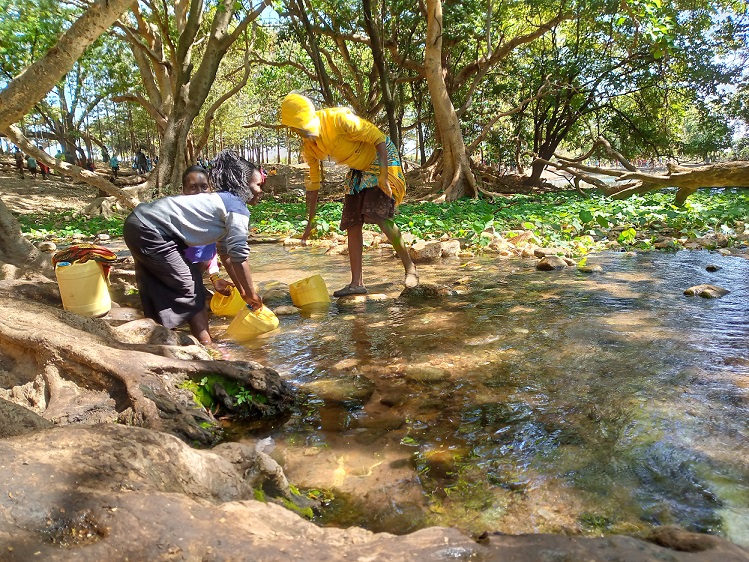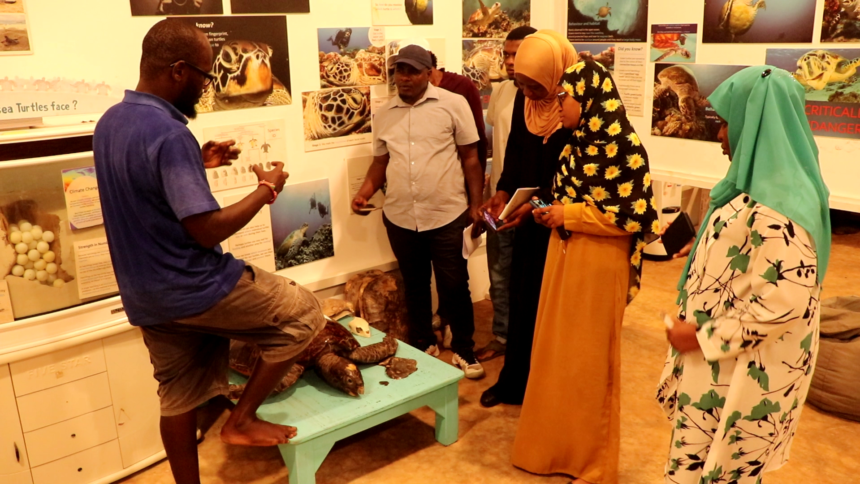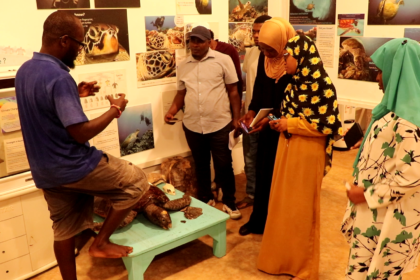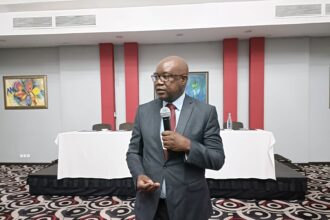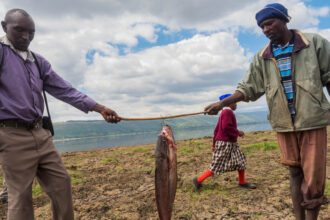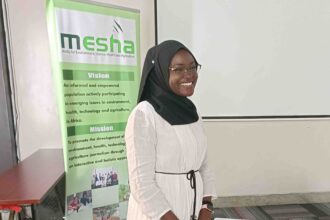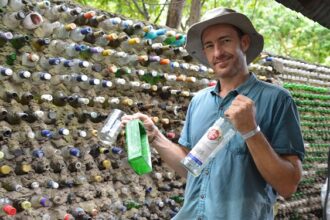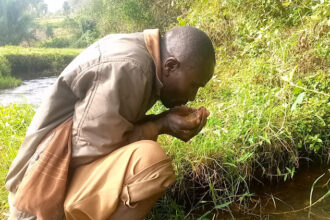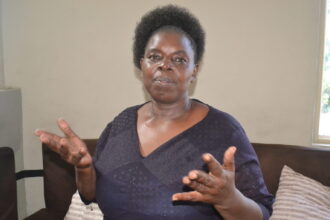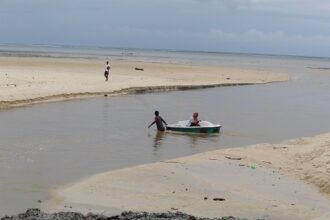Community leaders’ collaboration ends child marriage
Liapeng Raliengoane | raliengoaneliapeng@yahoo.com LESOTHO, Thaba-Tseka – After endless joint efforts, Linakeng…
Zambia: Chief regulator calls for partnerships on genetic modification
By Aghan Daniel I AFSTA Communication Officer reporting from Lusaka, Zambia Zambia’s…
Nature lovers step up to save Kenya’s highest altitude lake
By Odhiambo David | odhisdavid59@gmail.comh Environmental threats that are feared to be…
Experts seek partnerships for effective data governance in Africa
“There’s a need to harmonise data protection laws across Africa. We call…
Collaboration the next frontier in science journalism – Editor
Nation Media Sustainability editor Zeynab Wandati makes a presentation during the trainig…
Man on a mission to rid Indian Ocean of plastic waste
By Francis Mureithi |mureithifrancis1964@gmail.com As Atty Pye steps into one of the…
Salt Of the Earth: Saving Vital Mineral Licks That Support Biodiversity
By Benjamin Nyagah and John Muchangi Whenever Solomon Ireri, 80, goes to…
How communities are empowering women to engage in the blue economy
By Ruth Keah rkeahkadide@gmail.com In the coastal village of Kipini in Tana…
Mtopanga: Breathing New Life to a ‘Dead’ River
By Kemunto Ogutu and Steve Mokaya Over the years, Mtopanga, the only…
Explore intricate link between biodiversity, tourism, and livelihoods for greater impact, journalists told
Nduta Waweru guides journalists on how to report on biodiversity, linking it…


